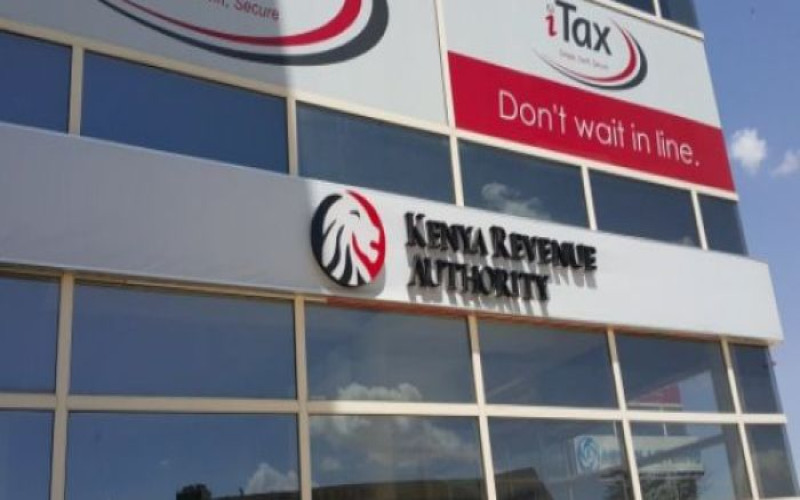
In a bid to increase revenue generated from taxation, the Kenya Revenue Authority (KRA) has come up with a new mode to bring small scale traders into the bracket.
The new move by the taxman comes after the March 31, 2024, deadline for the migration of business traders to the electronic tax invoice management systems (eTIMS) failed to meet the required target. As at the deadline only a reported 202,291 businesses against a target of 915,000.
KRA has now resorted to a different model identified as the buyer-initiated and reverse invoicing which will allow business owners to interact with their customers regarding some of their products and services. This would transfer invoicing burdens to bigger businesses.
After eTIMS flopped and the President William Ruto administration staring at a budget deficit of Ksh785 billion this year, KRA is looking for ways to bring the over 7 million Kenyan small businesses into the tax bracket to cut the deficit.
KRA's chief manager in charge of eTIMS, Hakamba Wangwe in a past interview explained that in the reverse invoicing model, medium and big businesses can raise invoices on behalf of small businesses supplying them.
"We have been talking about the reverse invoicing solution and what this means is that entities that are incapacitated in one way or another are supported in the raising of eTIMS invoices. It is a solution we are thinking about on a case-by-case basis like we are doing with the coffee sector because there are some sectors that have started the work towards this," Wangwe said.
Reverse invoicing will target small scale traders operating in aggregated sectors of the economy including, coffee, tea, and dairy among others. Buyer-initiated invoicing on the other hand targets traders in non-aggregated sectors.
"Buyer-initiated invoicing is a bit different and is still subject to development. How it is looking is that if I am supplying to an entity like a retail outlet and I wouldn't like to be generating the invoices, I will actually come into the system and say that the retail outlet will be raising invoices on my behalf. Any time I make a supply, the retail entity will have credentials to log in, submit the invoice and I see the record and approve," Wangwe said.
By Fridah Wangechi | 1 year ago
By Ezra Manyibe | 2 weeks ago
President Ruto Announces Schools Reopening Date
Ezra Manyibe | 17 hours ago